Introduction
Every spring in Japan, cherry blossoms, sakura (桜) transform landscapes into seas of pink and white. Their beauty is spectacular but fleeting, lasting just a week or two. This short bloom has made sakura a powerful symbol not only in Japan, but around the world.
Explore our Sakura themed tableware at Myjapaneseworld.com!

The Heart of Sakura in Japanese Culture
Cherry blossoms are deeply woven into Japanese history and tradition. They are celebrated in ancient Shinto legends, Buddhist philosophy, and even agricultural customs. Traditionally, the blooming of sakura signaled the time to plant rice, believed to be a blessing from the rice paddy god.
Hanami: Flower Viewing
Hanami (花見), or “flower viewing,” is a centuries-old Japanese custom. People gather under the trees to share food, drinks, and poetry, reflecting on the fleeting beauty of life. At night, yozakura (夜桜) viewing blossoms by lantern light adds a magical touch.

Symbolism for Samurai
For the samurai, cherry blossoms represented the brief, honorable life of a warrior. Their swift fall mirrored the possibility of dying young in service. During World War II, sakura motifs inspired kamikaze pilots and became a symbol of sacrifice.
Sacred and Legendary Trees
Some cherry trees are marked with shimenawa ropes, believed to house spirits. Folklore tells of trees that bloom on anniversaries of important events or embody the souls of historical figures. The Ishiwari-zakura in Morioka, which split a stone as it grew, is a symbol of resilience.
What Do Cherry Blossoms Symbolize?
- Impermanence (Mono no Aware): Their brief bloom reminds us that life is short and precious.
- Renewal & Rebirth: Sakura marks the start of spring and new beginnings.
- Hope & Vitality: Despite their short life, cherry blossoms return each year.
- Romantic Love & Beauty: In Japanese art, they represent delicate, fleeting beauty and love.
These meanings make sakura a popular motif in art, literature, tattoos, and design.
Spiritual and Personal Growth
Sakura’s fleeting nature reflects Buddhist ideas about impermanence, encouraging mindfulness and appreciation of the present. Hanami is also a time for reconnecting with friends and family, celebrating life’s cycles, and finding renewal after hardship.
Cherry Blossoms Around the World
- China: Symbolize feminine beauty, power, and sexuality.
- Korea: Represent purity and new beginnings.
- United States: The National Cherry Blossom Festival in Washington, D.C. celebrates the 1912 gift of trees from Japan, symbolizing international friendship.
- Worldwide: Sakura festivals in cities like Paris, Vancouver, and Shillong (India) blend Japanese tradition with local culture.
Famous Cherry Blossom Sites
- Hirosaki Castle: Pink tunnels of cherry trees in northern Japan.
- Shinjuku Gyoen: Tokyo’s central park with many varieties.
- Matsumae Park: The “Little Kyoto of Hokkaido.”
- Ishiwari-zakura: The stone-splitting cherry tree in Morioka.
- Washington, D.C.: The Tidal Basin’s iconic trees gifted by Japan.
Artistic and Historical Impact
Sakura has influenced Japanese poetry, ukiyo-e woodblock prints, and modern art. During World War II, it was a patriotic symbol, but in peace, it returned to representing hope and renewal. Cherry blossom festivals and pageants worldwide celebrate this enduring legacy.
Cherry Blossoms in Modern Life
Sakura motifs appear on kimono, ceramics, home décor, and even food packaging. Using sakura-themed items or attending a festival lets anyone embrace the spirit of renewal and beauty. Imagine sipping tea from a delicate sakura-patterned cup, turning an ordinary moment into a celebration of Japanese aesthetics.
Takeaways
Cherry blossoms teach us to:
- Appreciate life’s fleeting moments.
- Embrace renewal and growth.
- Celebrate connection and friendship.
- Find hope after hardship.




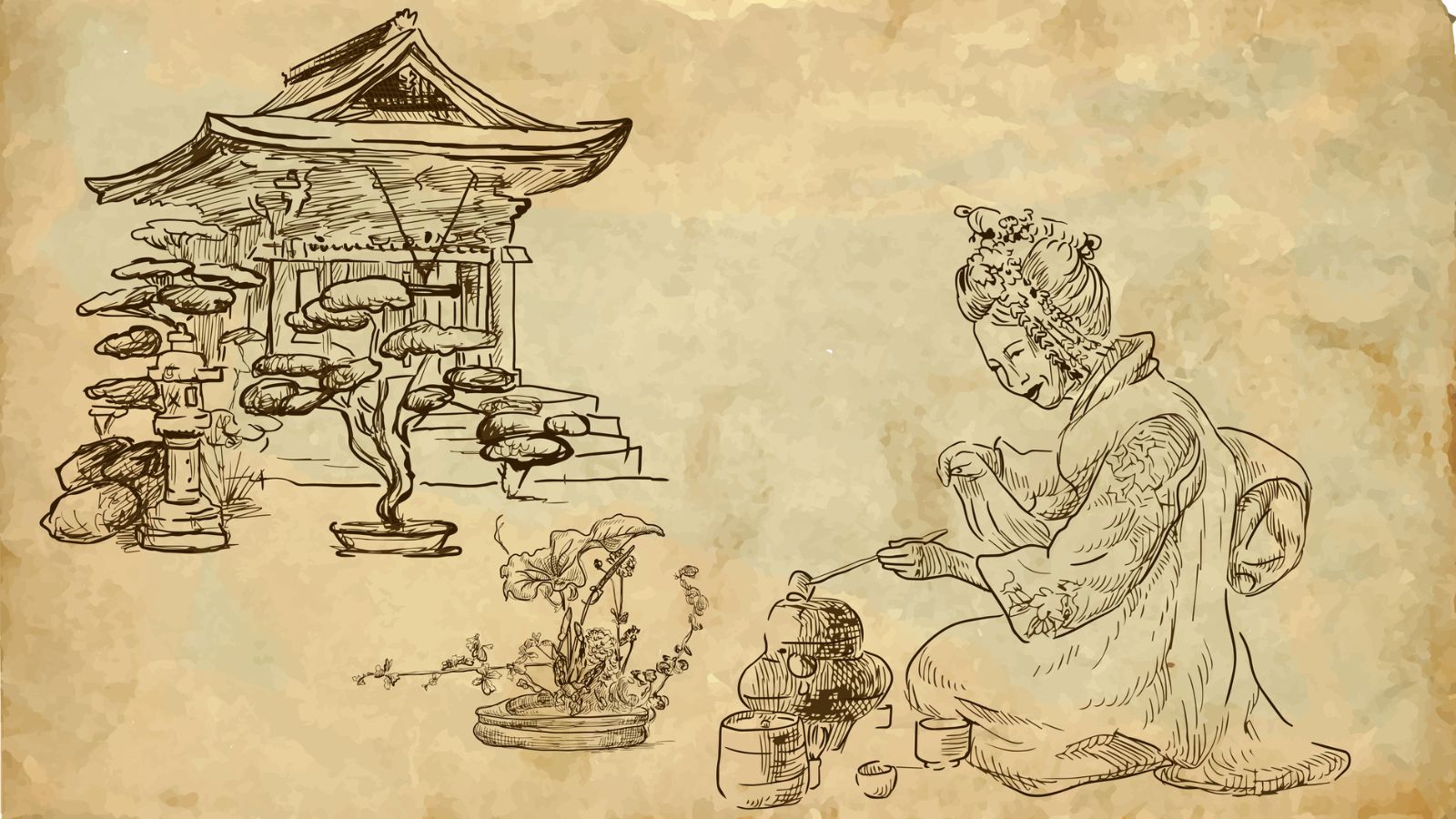
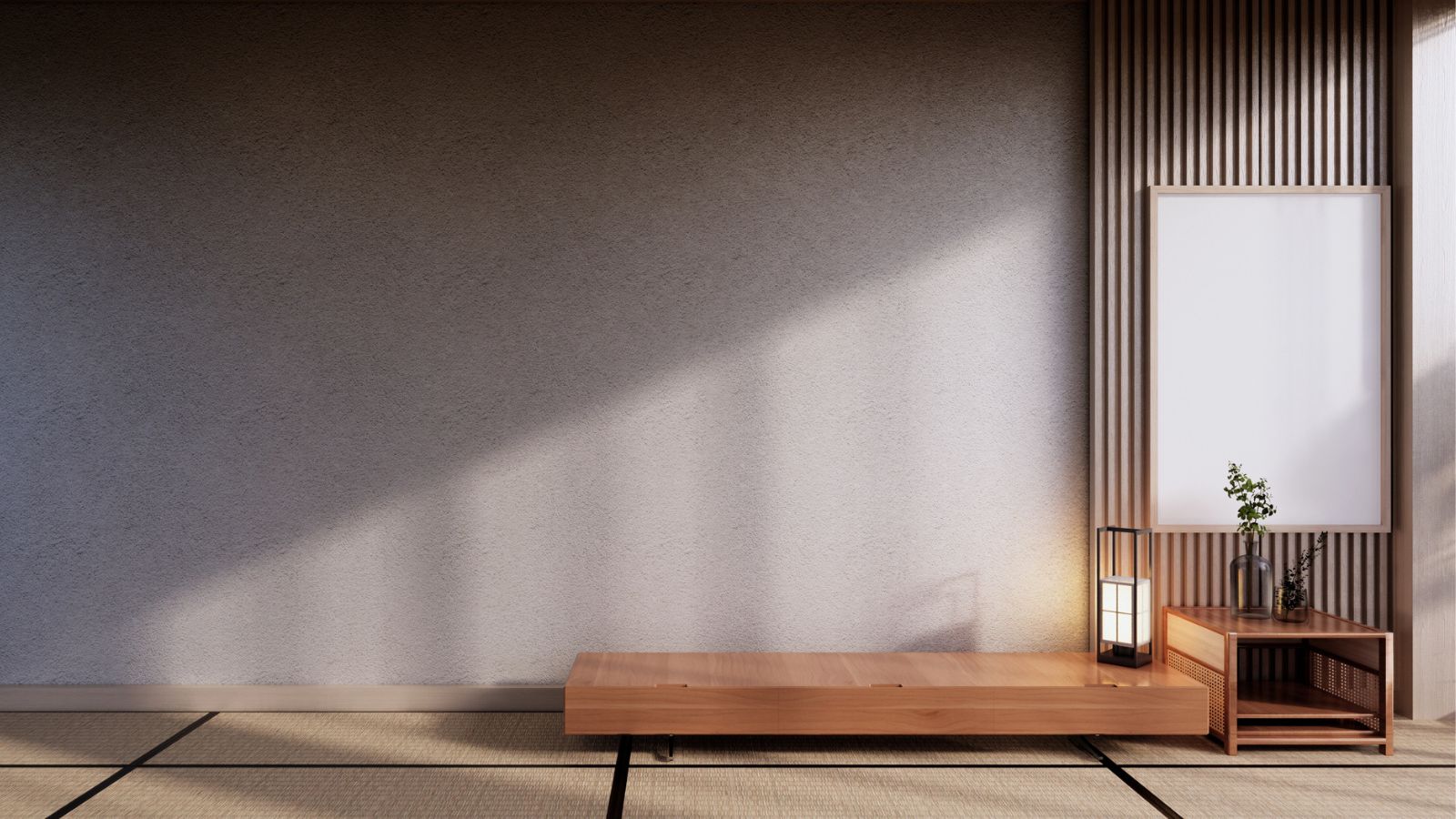

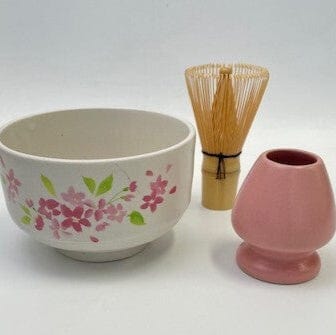
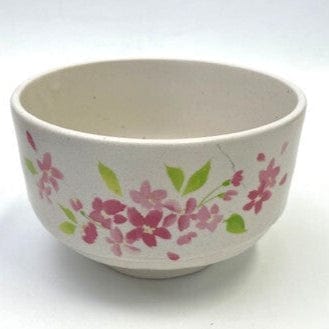
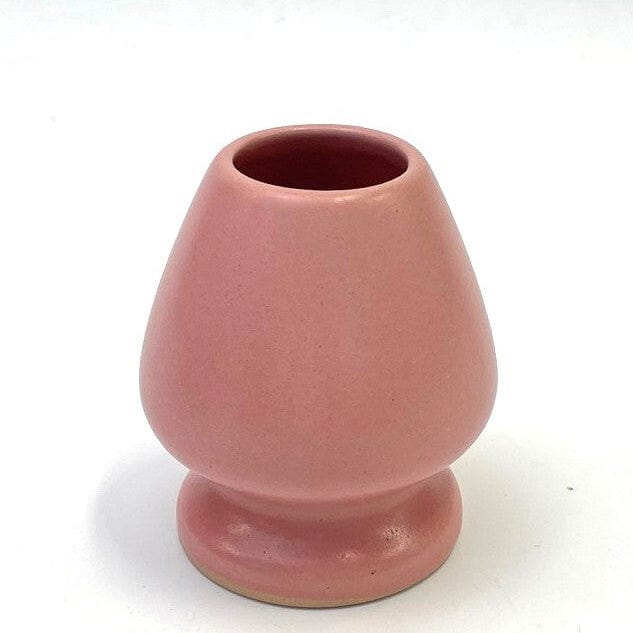
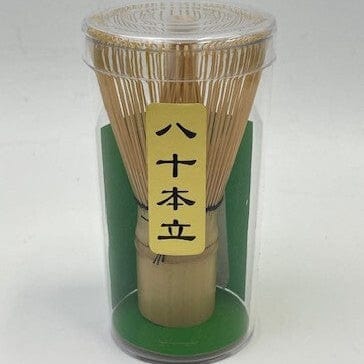




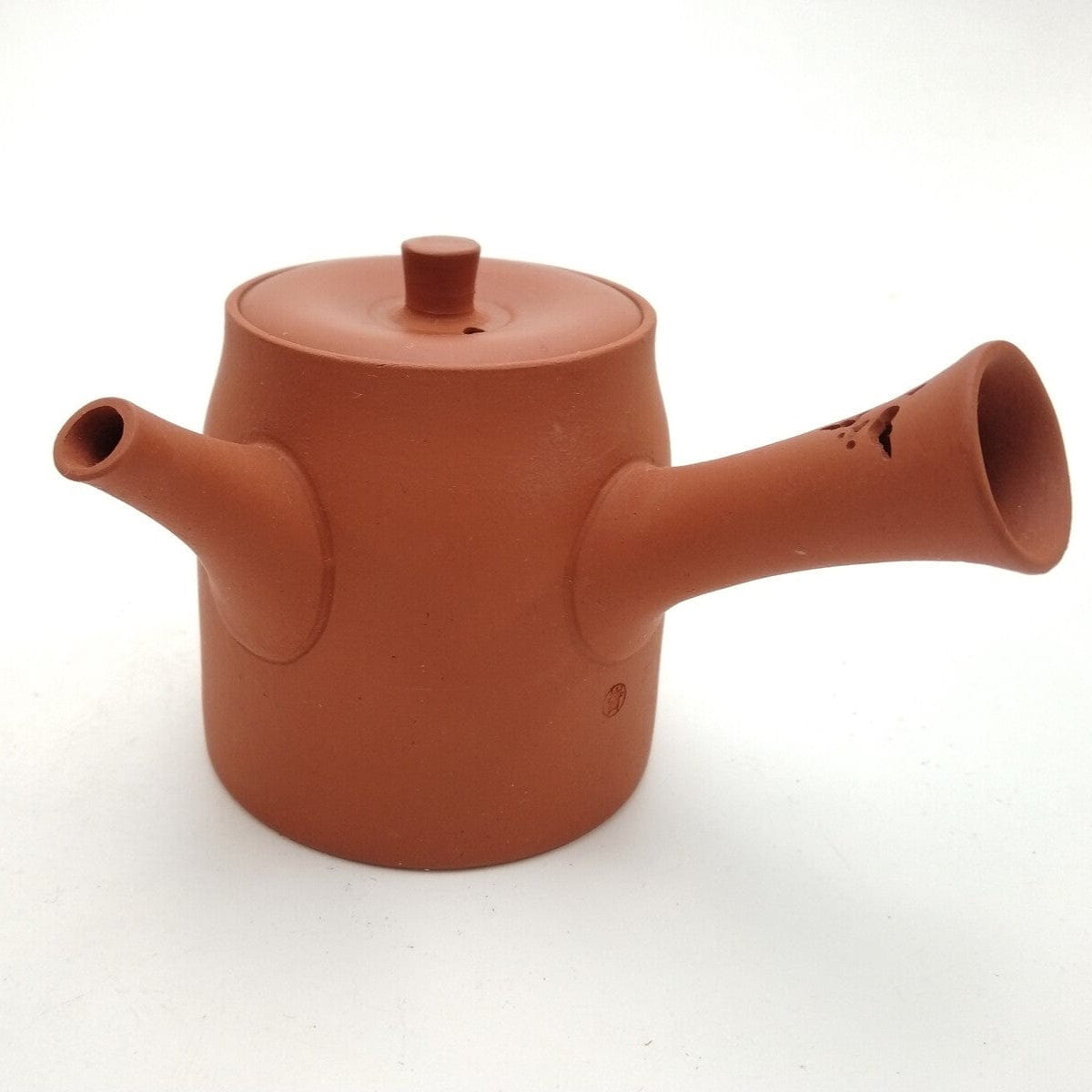
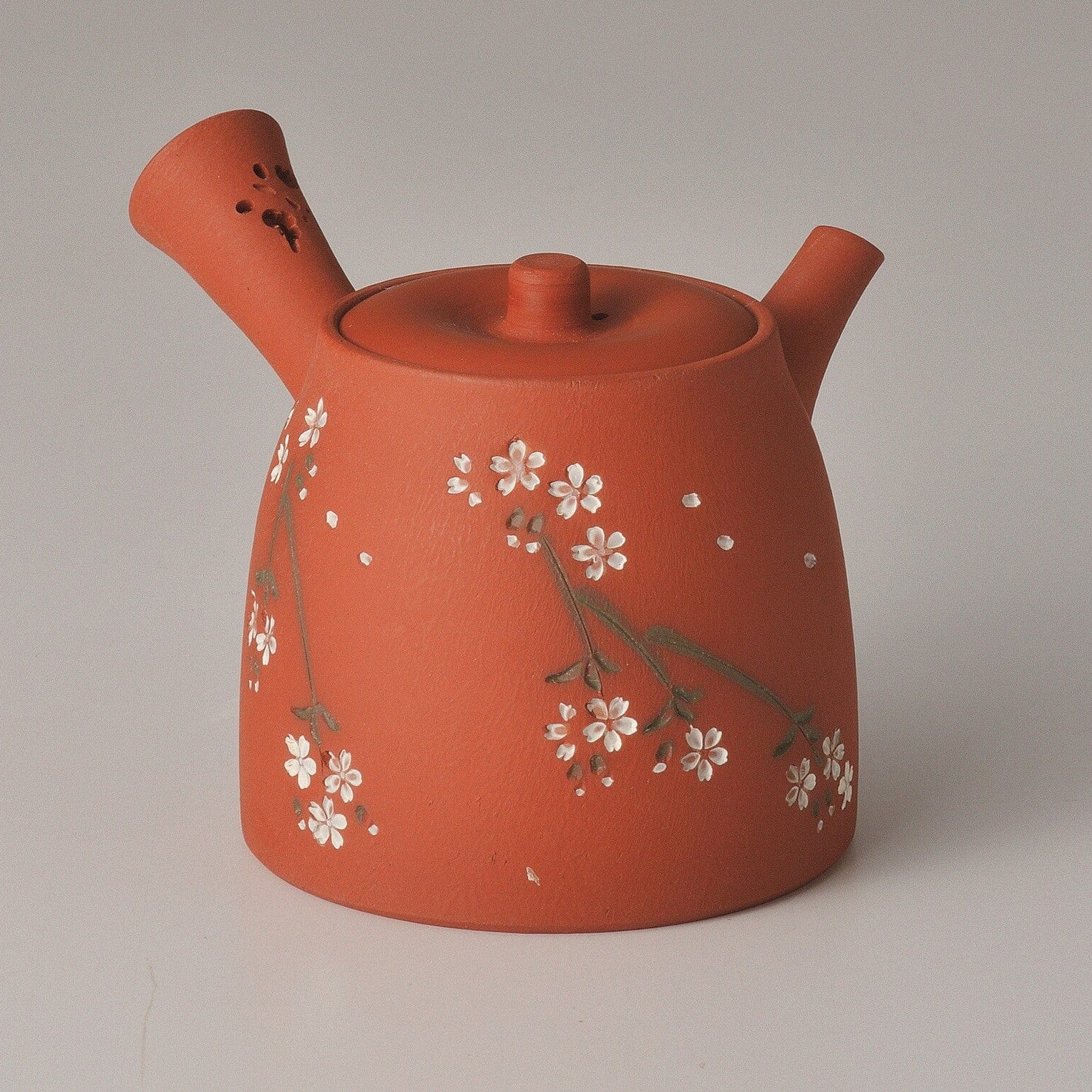
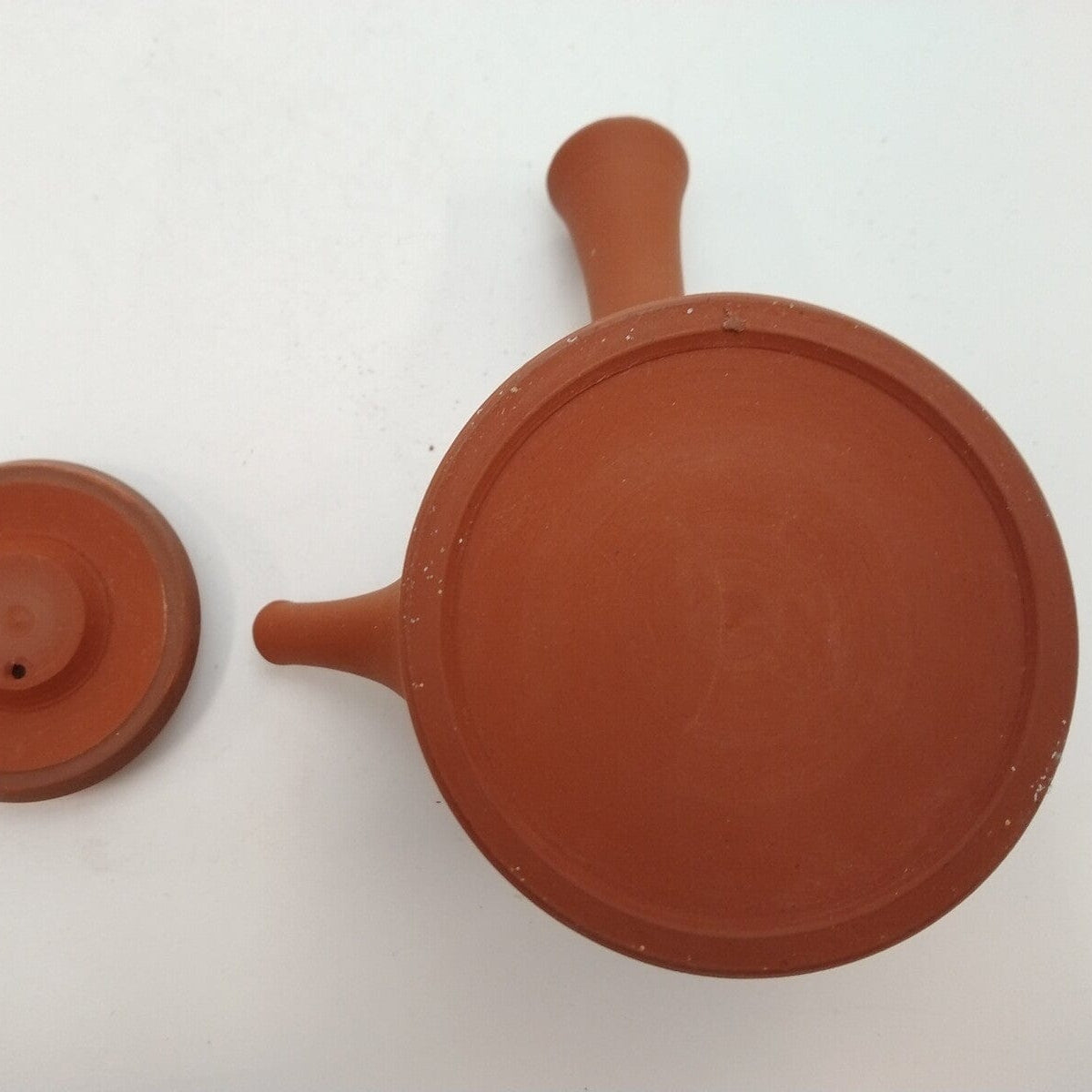
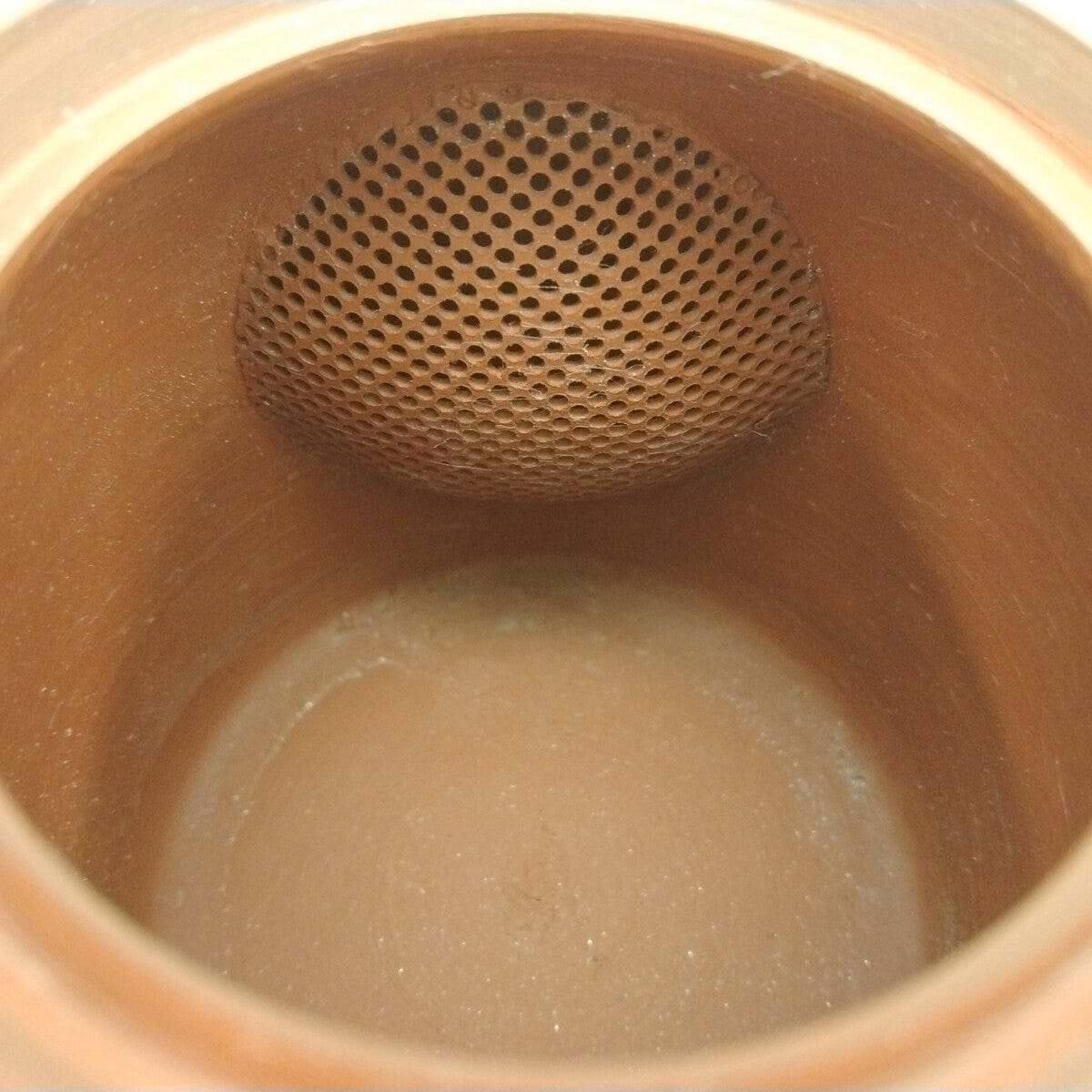
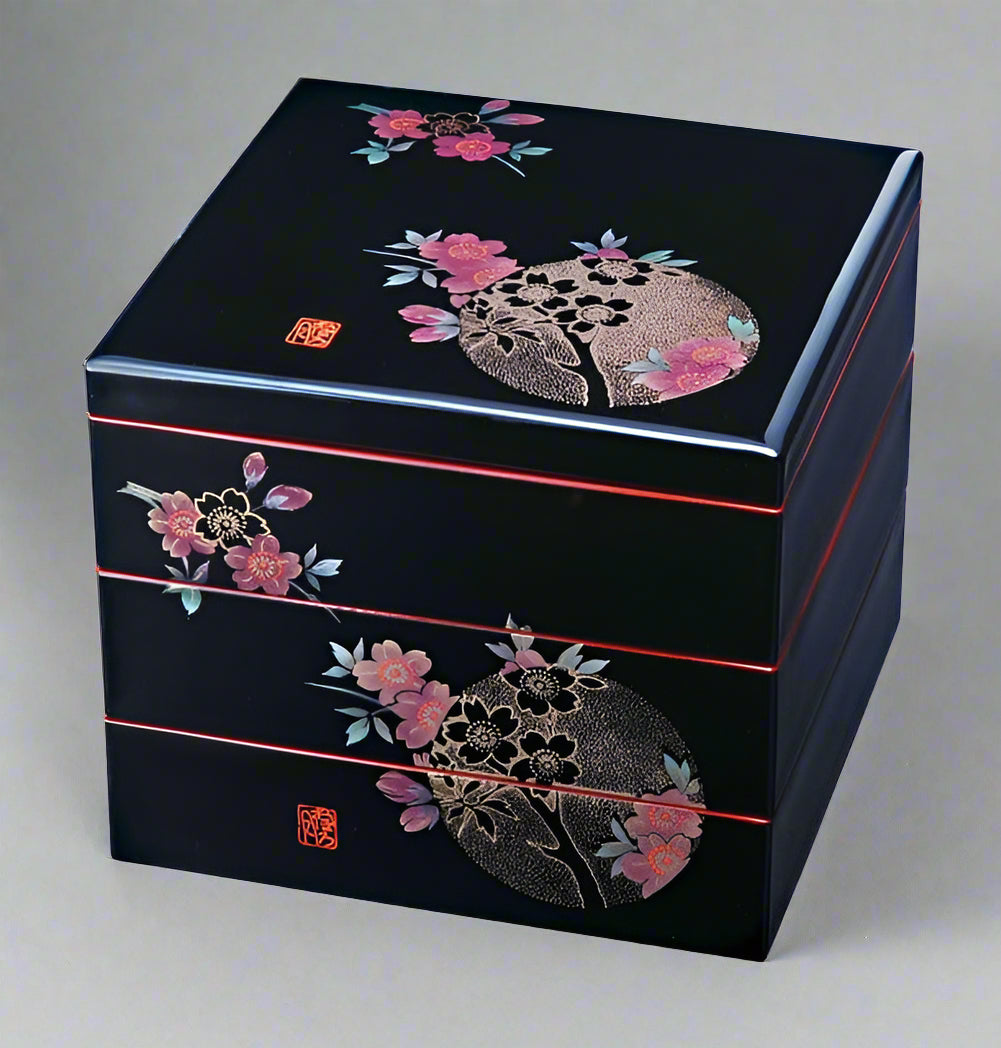
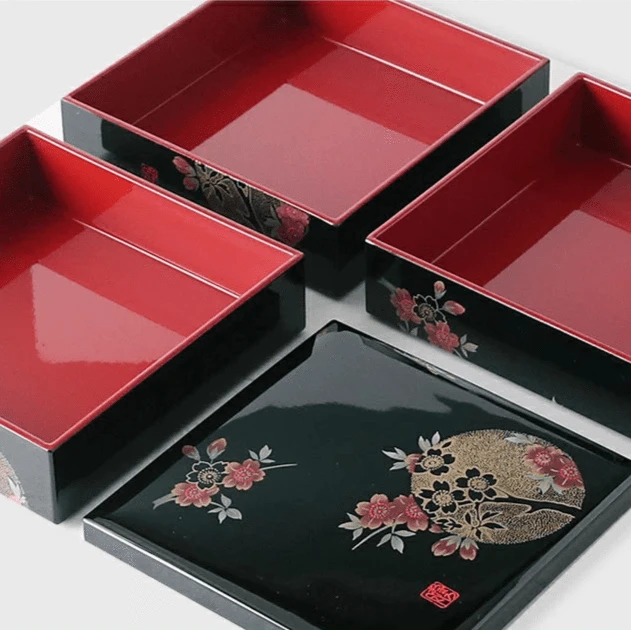
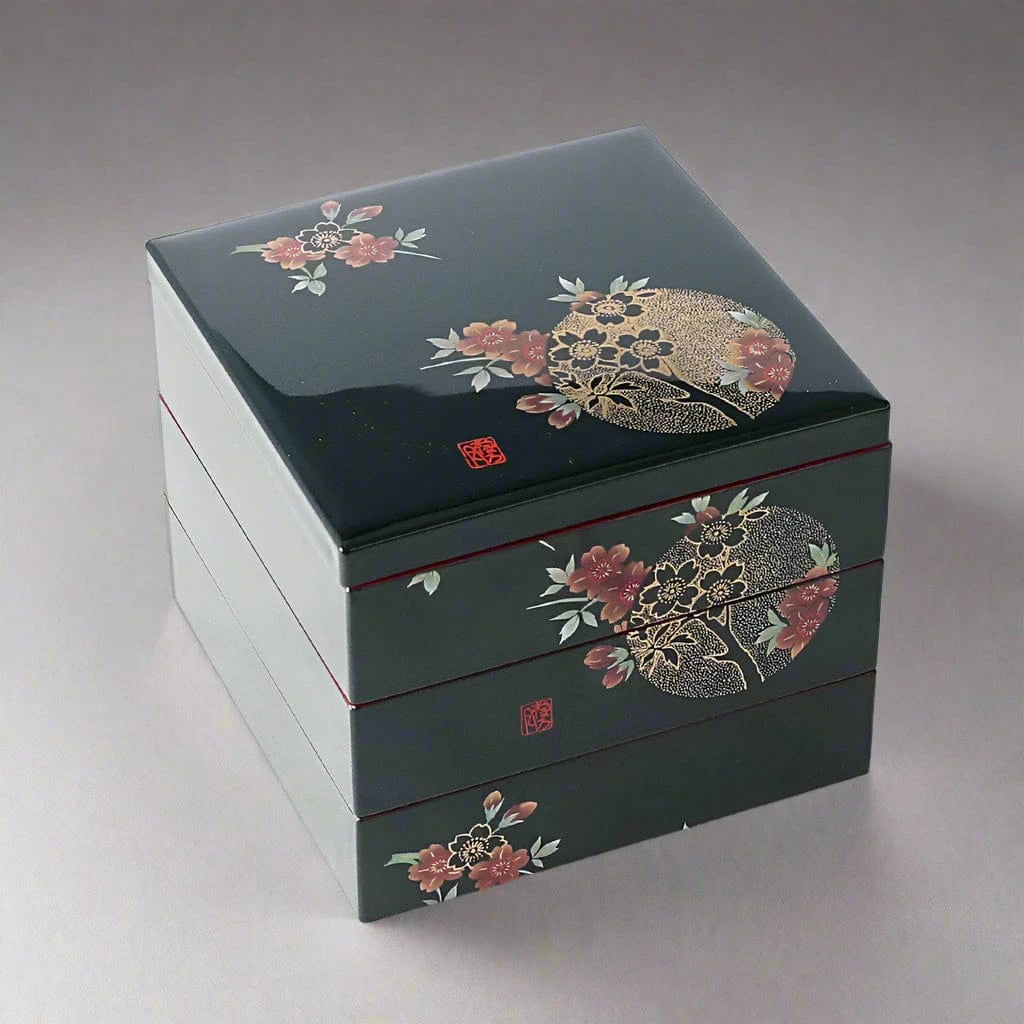
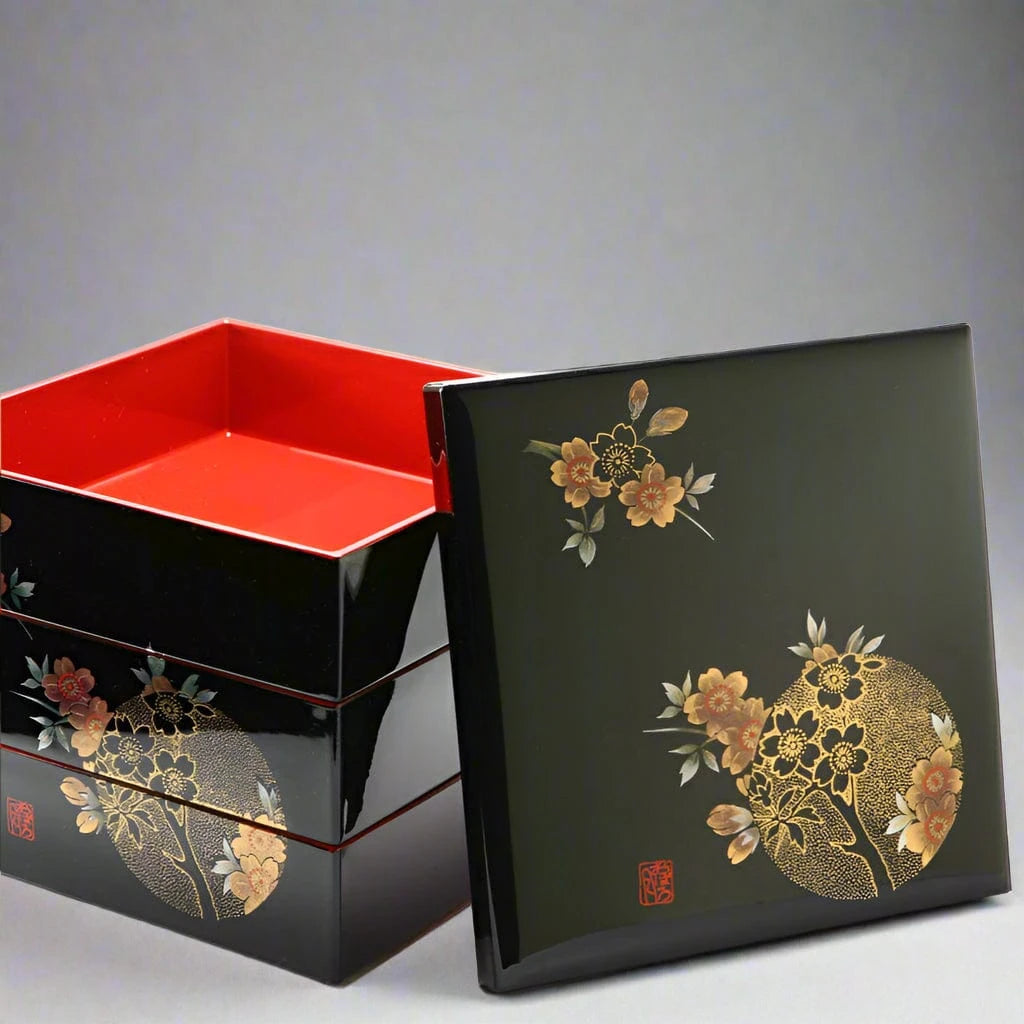
Share: